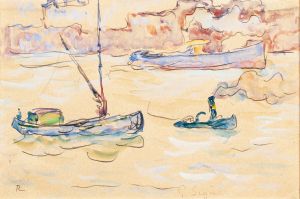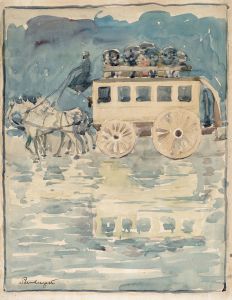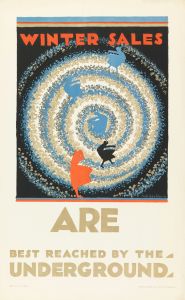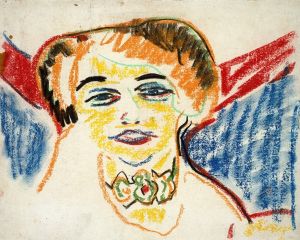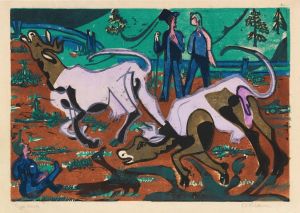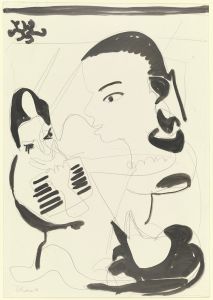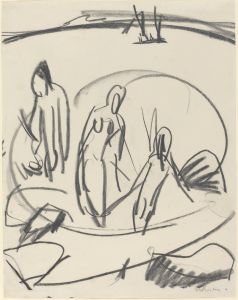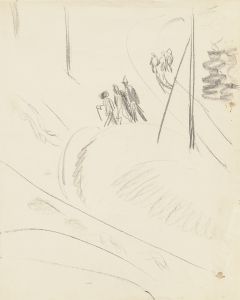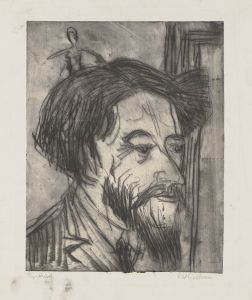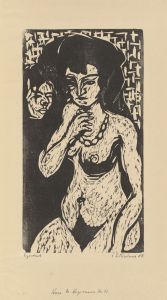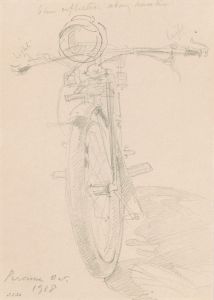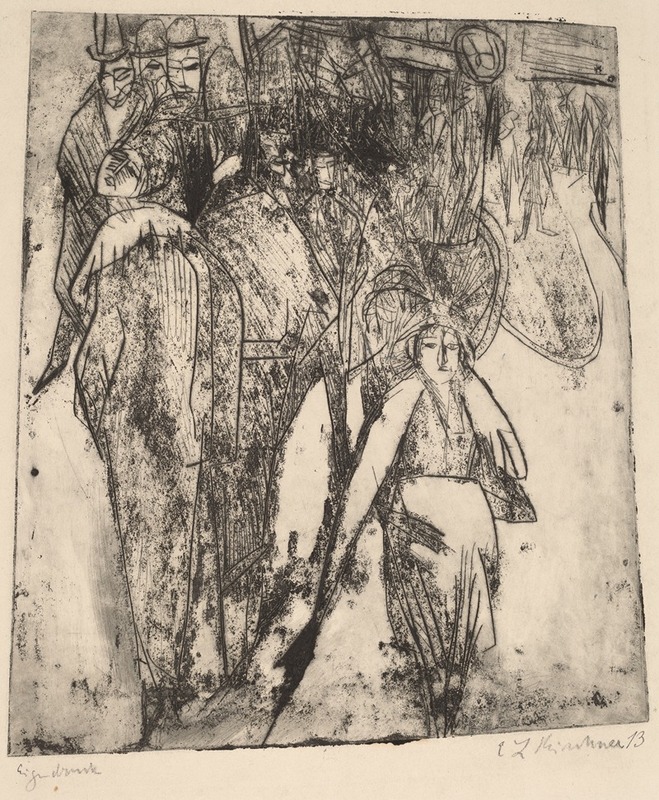
Street Scene with an Omnibus
A hand-painted replica of Ernst Ludwig Kirchner’s masterpiece Street Scene with an Omnibus, meticulously crafted by professional artists to capture the true essence of the original. Each piece is created with museum-quality canvas and rare mineral pigments, carefully painted by experienced artists with delicate brushstrokes and rich, layered colors to perfectly recreate the texture of the original artwork. Unlike machine-printed reproductions, this hand-painted version brings the painting to life, infused with the artist’s emotions and skill in every stroke. Whether for personal collection or home decoration, it instantly elevates the artistic atmosphere of any space.
Ernst Ludwig Kirchner's Street Scene with an Omnibus is a painting created by the German Expressionist artist, who was a founding member of the influential art group Die Brücke (The Bridge). Kirchner is widely known for his vibrant and dynamic depictions of urban life, and this work is a notable example of his exploration of modern cityscapes during the early 20th century.
The painting is part of Kirchner's celebrated series of "Street Scenes," which he produced primarily between 1913 and 1915. These works often depict bustling urban environments, capturing the energy, movement, and complexity of life in Berlin during this period. In Street Scene with an Omnibus, Kirchner employs his characteristic bold, angular lines and vivid, non-naturalistic colors to convey the intensity and dynamism of the city. The composition features an omnibus—a horse-drawn or motorized public transport vehicle—amidst a crowded street, with figures moving through the scene. The painting reflects Kirchner's interest in the interplay between people and their urban surroundings, as well as his fascination with the rapid modernization of society.
Kirchner's style in this period was heavily influenced by the Expressionist movement, which sought to convey emotional experiences rather than realistic depictions. His use of distorted forms, exaggerated perspectives, and striking color contrasts creates a sense of unease and tension, reflecting the alienation and chaos often associated with modern urban life. The figures in the painting are stylized and elongated, emphasizing their movement and interaction within the space.
The exact date of creation for Street Scene with an Omnibus is not definitively documented, but it is generally attributed to Kirchner's Berlin period, which began in 1911 when he moved to the city. This period marked a significant shift in his artistic focus, as he turned his attention to the vibrant and sometimes overwhelming energy of metropolitan life. The painting is considered an important example of Kirchner's contribution to modern art and his ability to capture the spirit of his time.
Today, Street Scene with an Omnibus is recognized as a significant work within Kirchner's oeuvre and the broader context of German Expressionism. It exemplifies the artist's innovative approach to composition, color, and form, as well as his engagement with the social and cultural changes of the early 20th century. The painting is held in a private collection or museum, though specific details about its current location are not widely available.





